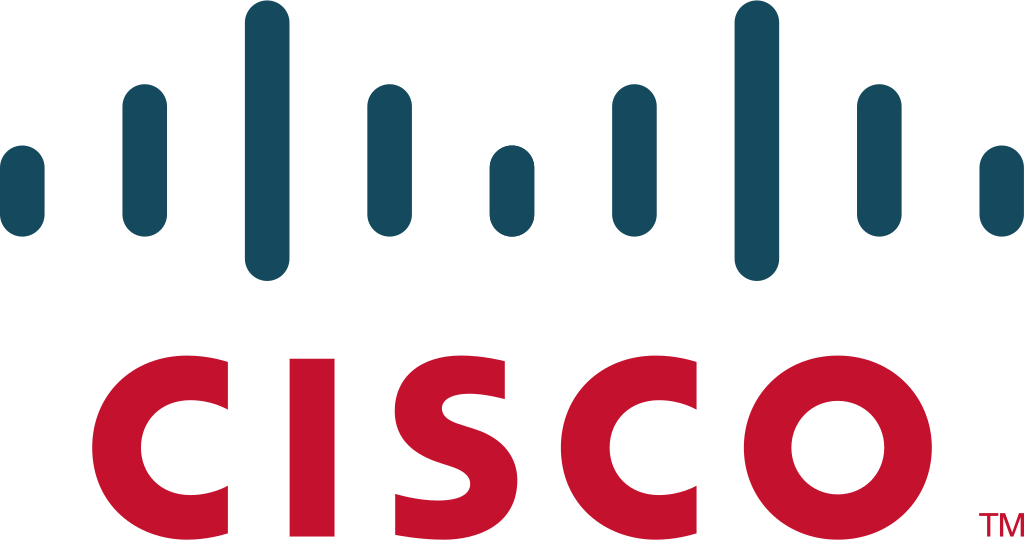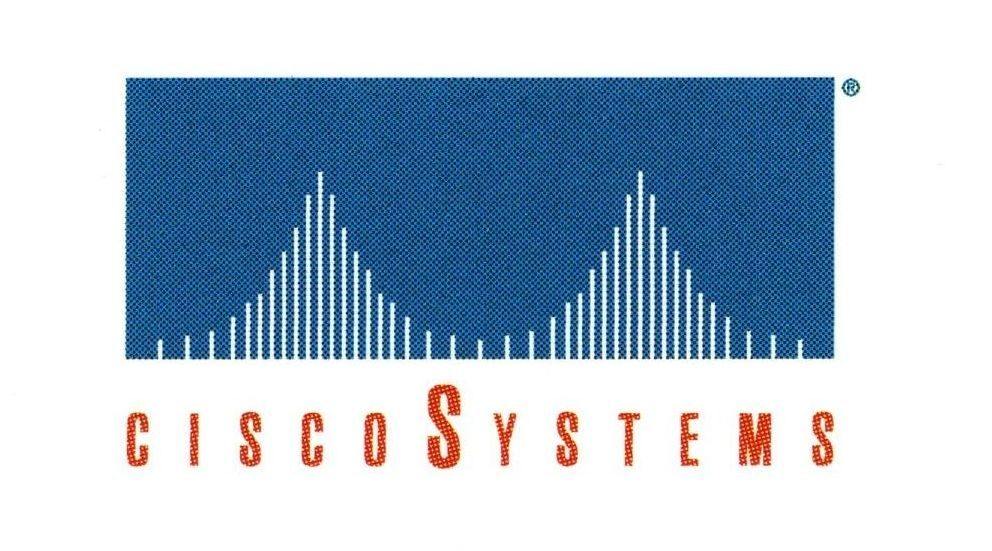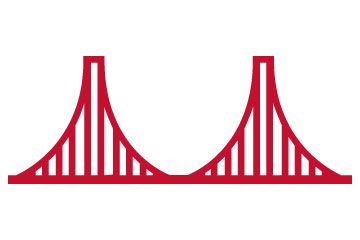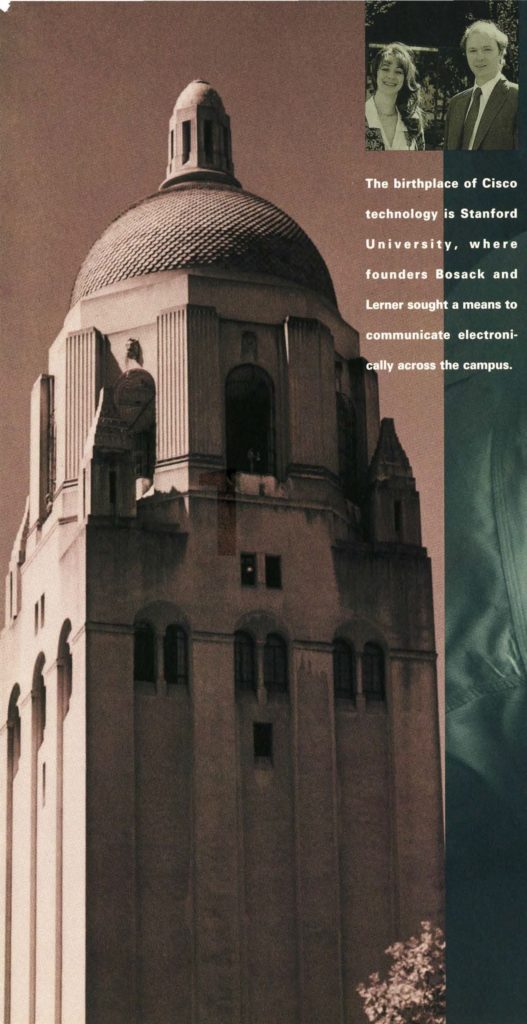culture
2002 logo releases
2002
Adapting to the shift of the web into mobile formats, our logo simplifies further for display on smaller screens with the tines pushing further into the abstraction of digital signal.
Adapting to the shift of the web into mobile formats, our logo simplifies further for display on smaller screens with the tines pushing further into the abstraction of digital signal.




